
Here at the Grimoire of Horror, we would like to celebrate Pride Month with some curated selections including LGBTQIA+ characters. As a genre that has always appealed to the underdogs, outsiders, and misfits, horror has been a place where we can get our revenge; whether that’s visibility, killing the prom queen, or going on a killing spree with our delectable partner of choice.
Here’s hoping that these flicks will offer you the solace of a place of belonging, with us, and with the fellow outcasts in these films. Here’s to all of your wonderfully different, delightfully dark beauty. Thank you for joining us.
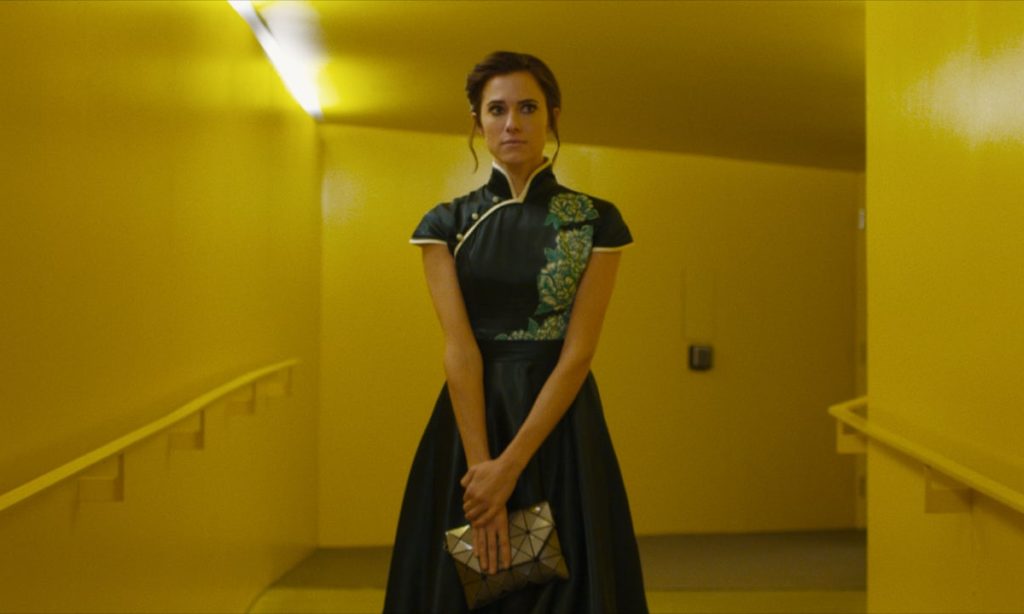
The Perfection (USA, 2019)
If you haven’t watched The Perfection yet, finish reading this article and then go watch it. It focuses on a determined cello prodigy and her sinister tutor. To describe anymore would be an injustice to the plot, as it is best to go into the film blind. However, it has one of the most satisfying ending scenes I have ever witnessed. (Quinn)
Daughters of Darkness (Belgium, 1971)
Lesbian vampire films were all the rage in the 70’s, and vampirism in general has often been used as a tool to hint at homoeroticism within a fantasy context. Daughters of Darkness plays with the lonely vampire trope that we’re all familiar with by now and follows a young newlywed couple as they stay in a seemingly empty grand hotel on the Ostend seafront in Belgium. Seemingly empty, until Countess Elizabeth Bathory arrives with her “secretary” and sets her eyes on the newly wed bride. The film beautifully balances itself between exploitation and arthouse, which makes for a very interesting watch! (Oki)
The Gay Bed and Breakfast of Terror (USA, 2007)
“You better beware the straights,” a drag go go dancer warms in the opening song of this gloriously low budget comedic B-movie horror. Enter the multitude of queer couples staying at a bed and breakfast that is more People Under the Stairs than quaint comfort. The film is chock full of representation and gory goodness, in equal measures. (Aubry)
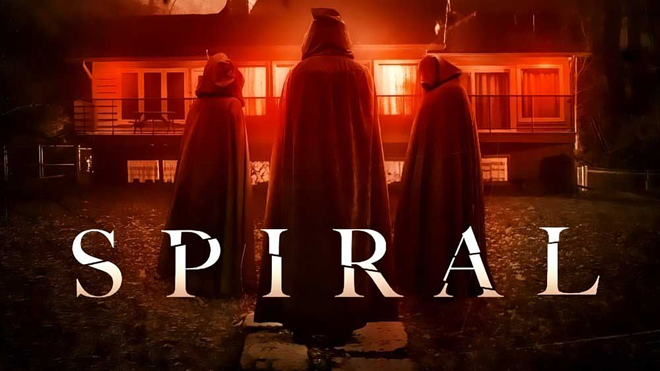
Spiral (Canada, 2019)
Director Kurtis David Harder’s anxiety-inducing paranoia horror-thriller takes aim at the fears faced by queer couples just wanting to find a place for their families. Released in the wake of the social thriller recently popularized by director Jordan Peele, Spiral uses occult themes to represent these fears in both subtle and direct ways. (Dustin)
May (USA, 2003)
The titular character, May, had a hard childhood and finds it difficult to get along with others. She initially finds a male companion who is delighted by her quirks, but things don’t work out. Then she turns to a female co-worker for a relationship. It likely wouldn’t be on this list if it had a happy ending, so give it a watch to see how May decides to take revenge on those who discard her. (Quinn)
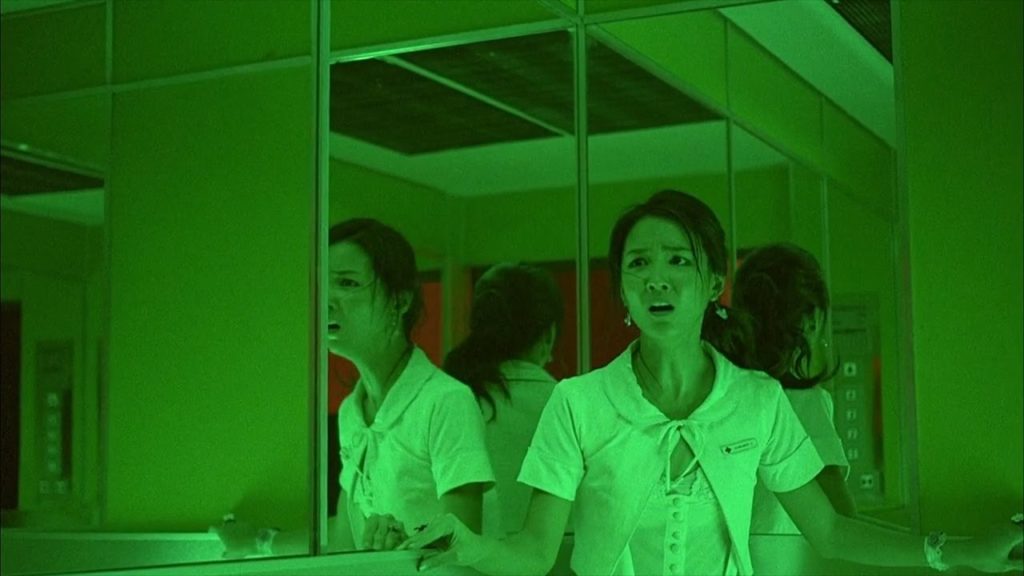
Sick Nurses (Thailand, 2007)
If you’ve seen this film, you’ll know exactly why it was included in our list! Taking inspiration from the classic Western slasher, Sick Nurses follows a group of six organ harvesting nurses as they get brutally killed off by the spirit who haunts the suburban hospital in Bangkok where they work. The film boasts an array of exceedingly creative deaths where the killer uses the victim’s rapacious obsessions against them and showcases one of the most fabulous ghosts you will probably ever see on screen! (Oki)
Freaky (USA, 2020)
Christopher Landon’s body-swapping slasher is an enjoyable film in and of itself. However, a character that stole the spotlight in every scene they’re in is gay character Joshua, played by Misha Osherovich (who’s non-binary)! They’re one of my favorite characters in the film, and so unapologetically themselves that they stand up for themselves even when a bully jock character tries to use him. (Dustin)
Whispering Corridors (South Korea, 1998)
This series of supernatural films takes place at all girls’ high schools. While each film has a different plot and characters, they all focus on the relationships between the students, ranging from best friends to sometimes more and how Korean society views their bonds. Dealing with themes of oppression, suicide, censorship, bullying, and more, they’re a dark and progressive social commentary with ghosts added. (Quinn)
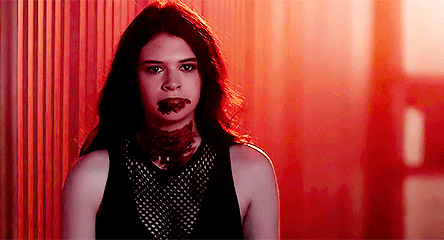
BIT (USA, 2019)
“A transgender teenage girl on summer vacation in Los Angeles fights to survive after she falls in with four queer feminist vampires, who try to rid the city’s streets of predatory men.” Add to that glorious description that the lead is actually played by a transgender actor… what is not to love? (Aubry)
Zero (Japan, 2014)
Video game adaptations aren’t usually well received by critics or fans, but Mari Asato’s Fatal Frame film is one that I ardently praise! Rather than taking visual cues from the games and condensing one of their stories, Zero instead adapts a novelization inspired by the series and remains faithful to the themes from the games. Taking place in a conservative all-girls school, the film follows Michi as she investigates the mysterious disappearances of her classmates after they kiss a photo of Aya, the best singer from their choir, in a wish granting ritual. I would say that this falls very much in line with the Whispering Corridors films mentioned by Quinn! (Oki)
The Haunting (USA, 1963)
This classic, newly brought to life with The Haunting of Hill House tv series, though not having overtly queer characters and themes, is important for its place in history (both the original book and the 1963 film). The Motion Picture Production Code, otherwise know as the “Hays Code” after its originator Postmaster General Will Hays, was a list of “moral” don’ts loosely enforced in Hollywood between 1930 to 1968. Sex and sexuality was especially rigidly enforced in films, and far past when others “don’ts” were ignored and explored. In this light, many classic horror films have been reevaluated for coded queer characters and themes, and maybe mostly prominently Theo of The Haunting, now evaluated as a coded lesbian character and outright acknowledged as a lesbian in the TV remake. (Aubry)
Jennifer’s Body (USA, 2009)
Director Karyn Kusama’s layered and misunderstood horror-comedy about two best friends with unresolved sapphic feelings — one, a nerdy girl, the other a demon-possessed killing machine — often explores the unresolved attraction between the two main leads, Jennifer and Needy. With Needy racing to stop Jennifer’s rampage, the latter ultimately makes it personal because she knows what hits Needy the most. (Dustin)
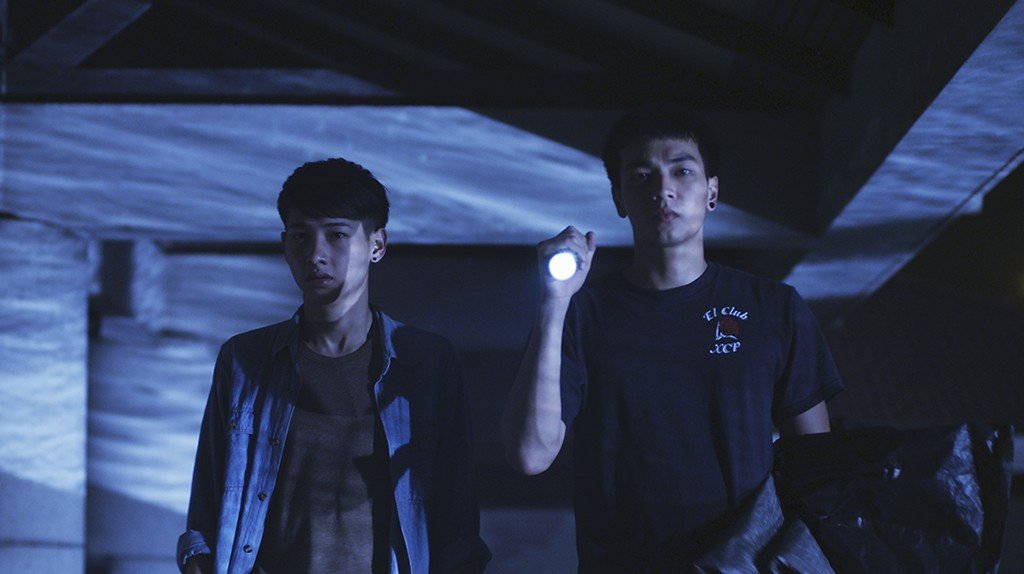
The Blue Hour (Thailand, 2015)
The Blue Hour is an incredibly lonely and permeating film about a bullied boy who finds comfort with another boy at a haunted, abandoned swimming pool. Their relationship is complicated, complex, and not always sweet, but very raw. It’s a very atmospheric, emotional, intense film that leaves you turning it over for days to come. (Quinn)
Masters of Horror: Sick Girl (USA, 2006)
Though technically an episode from Masters of Horror, I couldn’t help but include Lucky Mckee’s Sick Girl, which also stars Angela Bettis from May! Shy etymologist Ida (Bettis) is over the moon when she finally finds someone who is as obsessed with insects as she is. Unfortunately, this blooming romance is put to the test when Misty, Ida’s potential love bug, is bitten by an unclassified insect that Ida received in a package from Brazil in the beginning of the film. If David Cronenberg had randomly decided to make The Fly a romantic comedy, it might have turned out similar to this! (Oki)
The Hunger (USA, 1983)
Susan Sarandon plays as a nerdy scientist gone sexy lover to the irresistible vampire maven Miriam, played by Catherine Deneuve. Wait a minute… AND David Bowie?? A tale about the consequences of love and temptation, there are few vampire films so moody and so 80s. (Aubry)
Dawn of the Dead (USA and Italy, 1978)
George A. Romero’s quintessential zombie classic traps a band of four inside a shopping mall of consumerist nightmare. Two of the characters, Roger and Peter develop a very close bond that while isn’t explicitly said to be romantic, it is a very close and deep friendship that has resonated with some gay viewers. (Dustin)
The Craft: Legacy (USA, 2020)
While many were disappointed by The Craft’s long-awaited sequel, I quite enjoyed it. I’ve already had multiple viewings and discussions with friends on both how it functions as a stand-alone film and holds up within the franchise. At the root of one arc is a gay character with the best story, and a lot to dissect concerning the whole cast’s interactions. I think they did a great job of making the story progressive without spoon feeding us modern archetypes. The progressive inclusions enhance the story rather than being shoehorned in. (Quinn)
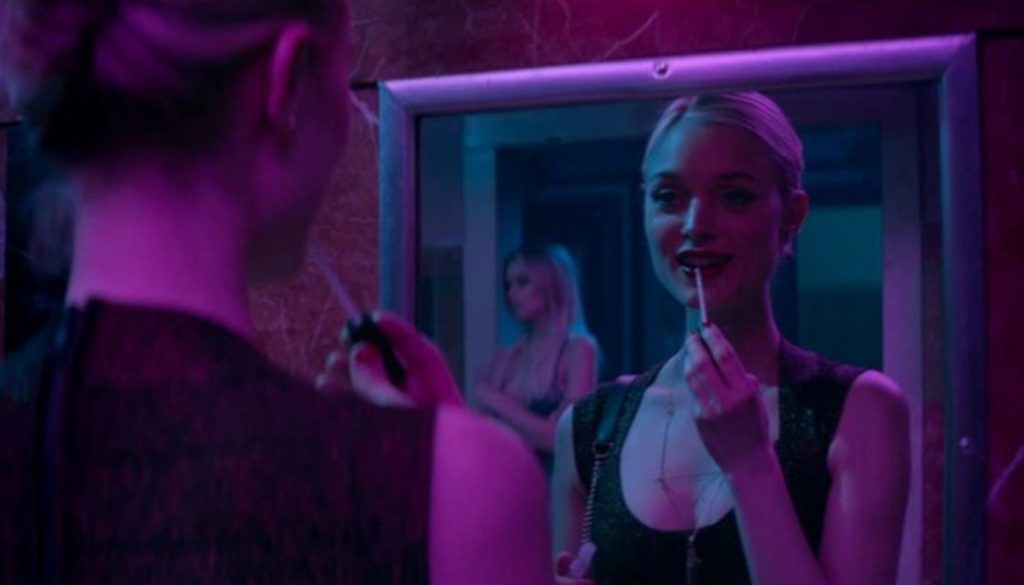
The Neon Demon (USA, 2016)
“Are you food, or are you sex?” is perhaps one of my favorite lines of foreshadowing in a film, and I didn’t even catch on to it until my second or third viewing. The Neon Demon is a spectacle for the eyes and ears, bursting with giallo inspired cinematography and colors that are beautifully complimented by Cliff Martinez’s hypnotic score. Following an aspiring model named Jesse as she ventures into the beauty world in Los Angeles, the film takes a turn for the macabre when she meets makeup artist Ruby and models Gigi and Sarah. Jesse is the type of girl that others either want to be or want to be with, and Ruby falls into the latter. (Oki)
Vampyres (England, 1974)
The lesbian vampires genre is older than Dracula himself (all hail Carmilla, our lesbian vampire queen), with a wide variety of options available for viewing. However, few are as alluring as the 1974 Eurohorror Vampyres, with overt eroticism played out in graphic sex scenes and oodles of delicious gore. Delight as Fran and Miriam hunt prey, and (seemingly) beat the bury your gays trope. (Aubry)
A Nightmare on Elm Street 2: Freddy’s Revenge (USA, 1985)
Director Jack Sholder’s sequel to the Wes Craven original stars gay actor Mark Patton as Jesse Walsh, a suburban teen who moves into the Elm Street house. What’s unique about this installment is that it isn’t just a rehash of the original. Depending on who you ask, it is very much a homoerotic film that can be interpreted as a coming-of-age film about a teenager who just wants to be “normal” but finds himself plagued by Freddy Krueger, seemingly symbolizing his repressed homosexuality struggling to get out in gruesome fashion. Seeing as Jesse might not see his gayness as “normal”, it makes sense that it would manifest as monstrous body horror. It is something that many an LGBTQ+ viewer can relate to, after being conditioned to think that being who they are is “bad” and that they have to strive for the norm. (Dustin)
More Lists:
Confessions of a Serial Killer is a 1985 American horror thriller, written and directed by Mark Blair. Surprisingly, the film is the only writer/director credit to Mark’s name, never venturing…
I first saw Alejandro Jodorowsky’s surreal, bildungsroman film, Santa Sangre, in 1989 on VHS tape. Watching it was like watching a slasher about a killer with a twisted Oedipal Complex…
Born in 1946, Hideshi Hino stands out as a prominent Japanese horror artist, dedicating the majority of his life to conjuring various nightmares for his audience. Regrettably, in the Western…
Panorama of Hell is a 1984 Japanese horror one-shot manga, written and illustrated by Hideshi Hino. Known as a master horror mangaka, Hino is most notable as the writer/illustrator for…
Hey Mike Flanagan, we’ve found your next big project! New indie horror authors are crawling out of the woodwork every week, and just like indie films, their products are hit…
Thine Ears Shall Bleed is a 2024 American period horror, written and directed by Ben Bigelow, with additional writing from William Bigelow. Previously working as writer and director of the…
Regarded by many as Japan’s answer to Brigitte Bardot — both for her glamorousness and vaguely European looks (she wasn’t actually mixed-race) — Mari Atsumi became one of Japanese…
Well-known in the extreme cinema community, Brian Paulin is a writer/director/editor/actor/key make-up effects artist for the film production company Morbid Visions in addition to playing guitar, drums, and singing for…
In today’s world of flashy graphics and CGI, audiences have become immune to fantastical horror, pushing some writers to create content to test our boundaries with the extreme. In The…
The femme fatale is one of the most compelling and enduring archetypes in film history, captivating audiences with their blend of beauty, mystery, and danger. These enigmatic women are uniquely…